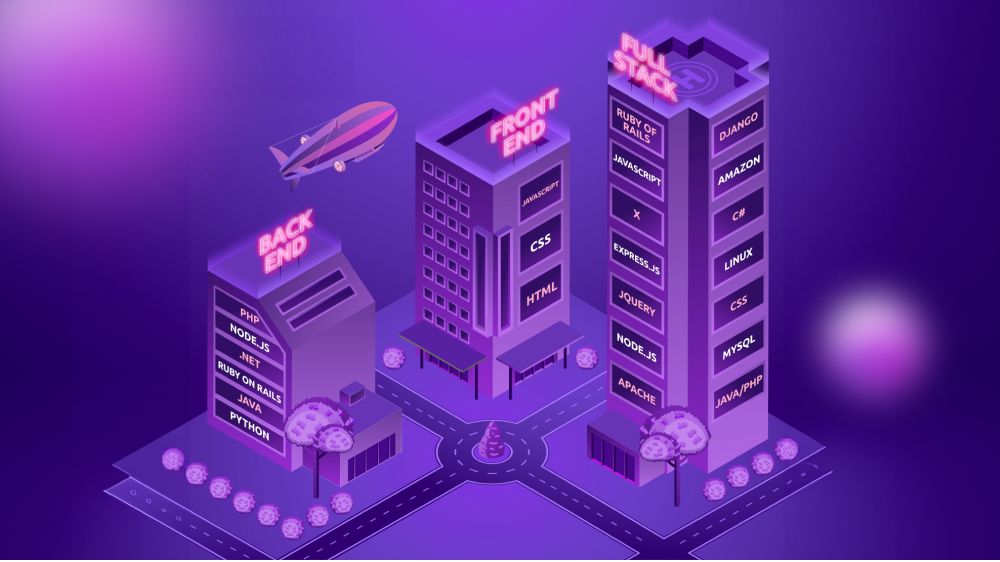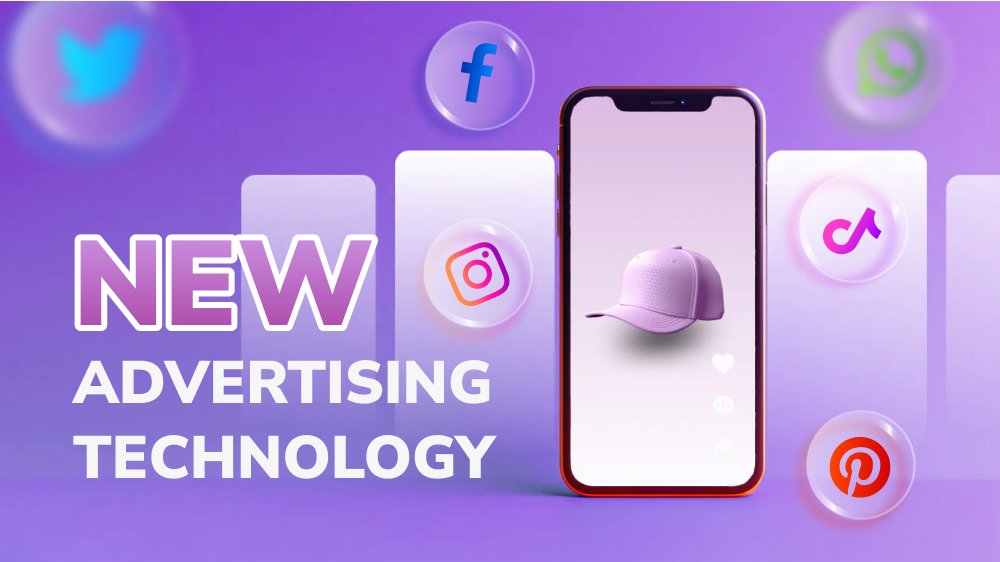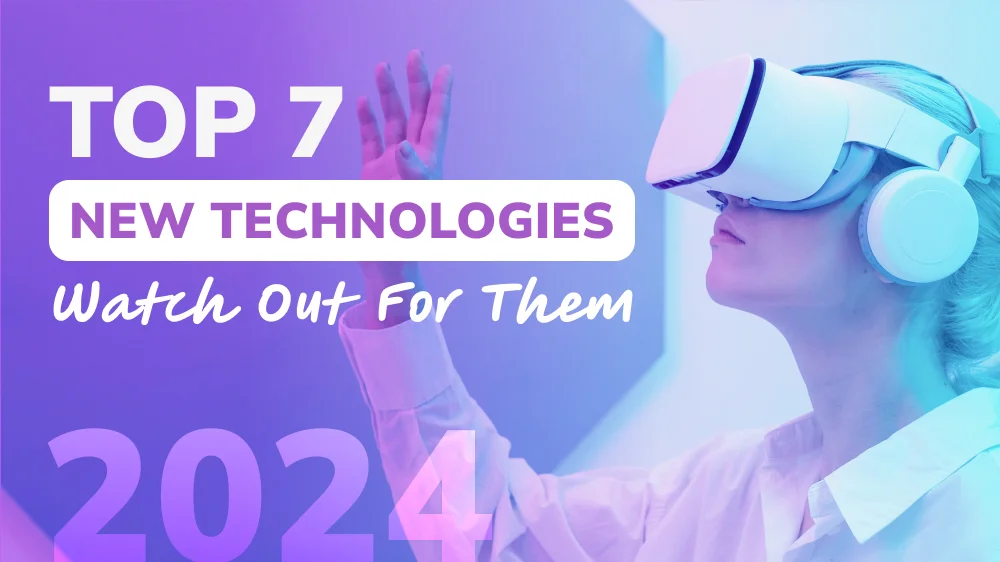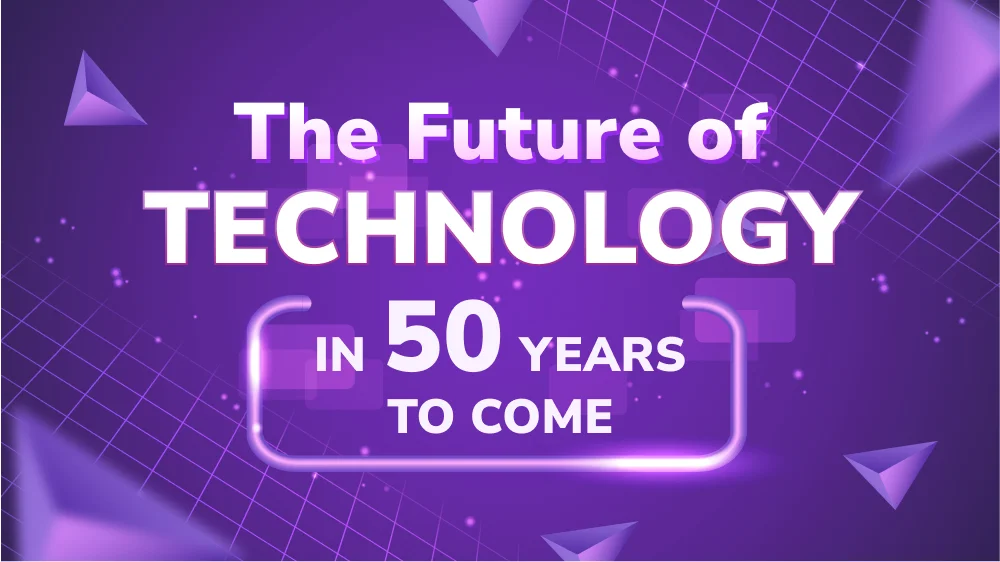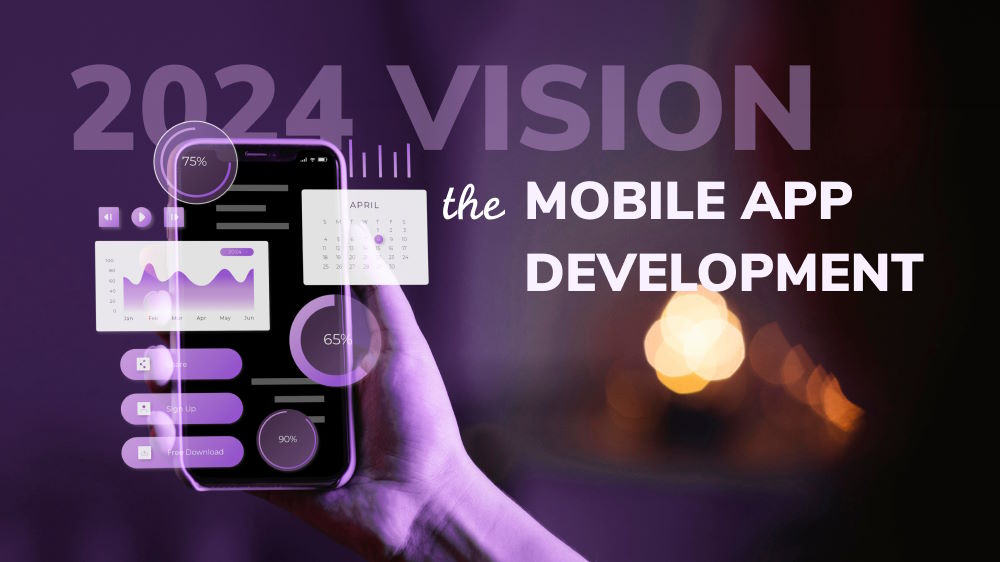The 2024 Trends in IT & How They Influence the Future of Software Outsourcing Industry
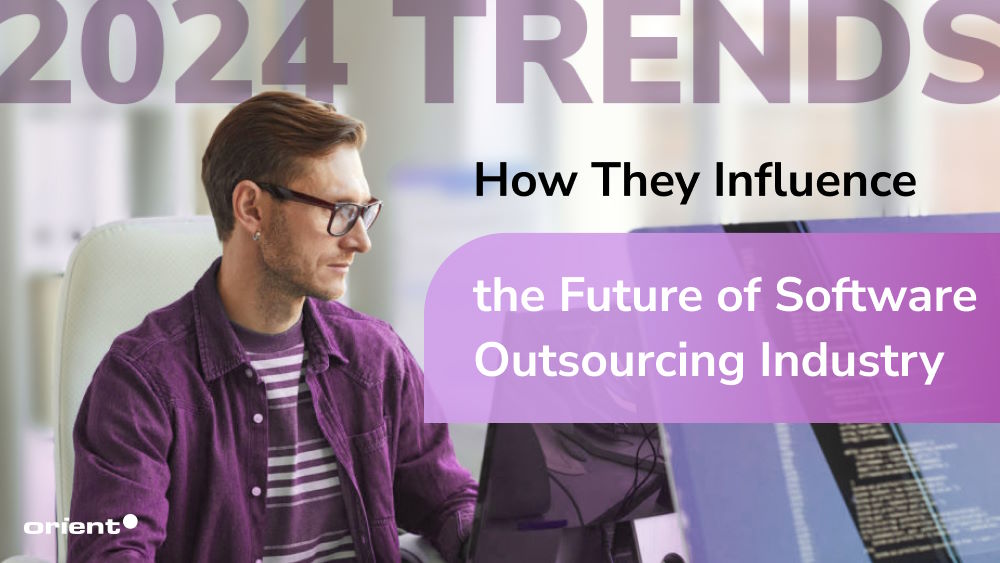
Content Map
More chaptersInformation technology and software outsourcing continue growing as time passes by and show no indication of slowing down anytime soon. In an evolving technology landscape, organizations are undergoing digital transformation as an inevitable move toward future prosperity. They must be able to implement the top-notch information technology industry trends or risk getting left obsolete and falling far behind.
Any shifts occurring now and then in the IT industry will potentially trigger changes in the digital world as well as the realm of software development outsourcing. They are all linked, affecting one another. Therefore, it is of crucial importance to stay ahead of the emerging trends in information technology and software outsourcing. Wanna be one of the first to know what new technology trends we are going to encounter in the 2024 wave or perhaps many years after. Let’s guess with us!
Top Information Technology Trends Coming in 2024
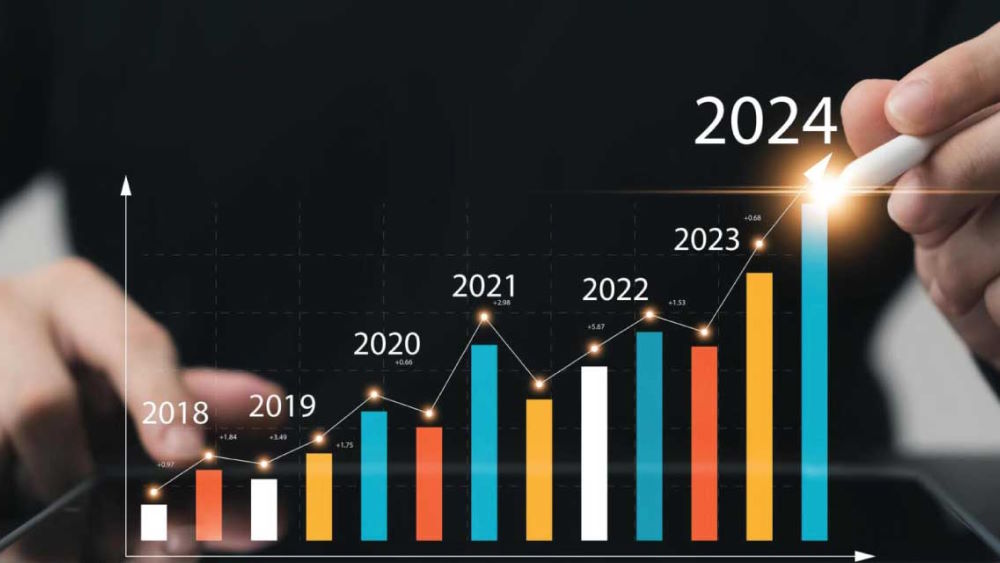
The transformative strategy of outsourcing is no longer a buzzword but has become a credible path for most businesses to take advantage of the ever-growing alternations derived from modern technologies without breaking the bank. Partnering with an offshore development company and accessing skilled professionals at a lower cost despite the onshore tech talent shortage is only one of many other benefits.
Over the years, new technologies and various software development trends have been paving the way and shaping the global market. These software outsourcing and IT trends have been able to help business owners revolutionize the way they perceive their development. It also brings unrivaled opportunities that need to be seized to guarantee success for your business. Here, we unveil predictive insights into the near and far future of information technology as well as the software outsourcing sector:
Cloud Computing
In a recent study, the market size of cloud computing is forecasted to reach a value of $0.68 trillion in 2024. It is anticipated to grow to $1.44 trillion by 2029 (A CAGR of 16.40%). The statistics imply that the global demand for cloud computing solutions and services will continue to rise, with the vast majority of companies (all sizes) looking to outsource for effective cloud platforms. It also implies that cloud service providers will become increasingly busier in the year 2024. This surge is primarily due to other modern technologies, namely big data technology, machine learning, artificial intelligence (AI), etc.
On such a scale, cloud technology carves its niche in the time ahead. We will probably see the following trends rising in the domain of cloud computing, even though they are not new faces in the market. Bear in mind that these are not everything.
Hybrid & Multi-cloud Strategies
As for cloud adoption, there will be a significant increase in using a combination of multiple public and private clouds. Integrated applications that bring together on-premises IT infrastructure with private or public clouds are expected to become favorites.
Serverless Computing
The complexity of server management shifts the attention toward the serverless architecture that can reduce costs and free up developers’ windows of time to prioritize other essential tasks.
Cloud Security
The escalating demand raises a more prominent concern about security. As the cloud-based infrastructure becomes more vulnerable to cyber-attacks, data breaches and hacking attempts are becoming more common every day. Thus, it is not odd to witness the burning need for robust cloud security solutions (Such as advanced encryption, multi-factor authentication, and continuous monitoring) that are capable of protecting confidential data and info from all threats.
Cloud-based Gaming Services
Cloud-based gaming is one of the innovative ideas - it makes it possible for users to play games without downloading. In this way, users can access high-quality games from the comfort of their own devices without requiring a powerful computer, laptop, or console. Fueled by the rise of 5G connectivity, cloud-based gaming services are set to shine for sure.
Green Cloud Computing
Perhaps a rather new approach, yet green cloud computing is strongly believed to be the way of the future. The green cloud refers to an eco-friendly strategy that focuses on minimizing the impact of data centers on the environment - E.g., reducing energy consumption and using renewable energy sources. As environmental concerns keep growing, the time when sustainable computing practices must be prioritized will come. Even now, green cloud computing is gaining traction as more and more organizations recognize the importance of environmental sustainability.
Artificial Intelligence
Among the most contemporary emerging technologies, AI stands out predominantly. Artificial intelligence is not a new technology trend; it has been on fire for some time now. The world has seen exponential growth in its capabilities and applications in diverse sectors, including cybersecurity, education, healthcare, finance, sales, transportation, recruitment, entertainment, DevOps, and even software development. According to Statista, the worldwide market size of AI reached almost $208 billion in 2023, and it is foreseen to be valued at $2 trillion by 2030.
Companies of all sizes and shapes are in competition to get started with AI and implement intelligent solutions in their business processes and operations. Strategists and professionals realize AI is the way to future-proof their businesses through the digital world and technological revolutions. Countries like Vietnam are also racing for a revolution called AI. With 2023 being the breakout year for machine intelligence, there will be several highlights in terms of AI trends and advancements in 2024. Some of the significant ones are:
Generative AI
ChatGPT - an emerging technology trend, a phenomenon at the time it was launched, has marked the beginning of the GenAI era. Briefly, this AI-powered conversational model by OpenAI can generate text answers to prompts based on its large pre-trained natural language processing (NLP) system. The more the model trains, the more accurate and human-like answers it will be able to generate. Such technology is anticipated to bring advancements and impact virtual assistants, writing aids, chatbots, creative tasks (such as designing logos), or anything humans can think of.
You will soon see the growth in the popularity of AI-related terms and concepts, such as conversational AI, explainable AI (XAI), etc. Standing where we are, we somehow can foresee the unprecedented growth of AI and similar technologies not only in 2024 but also in years or even decades afterward with no slowing down.
AI Ethic
Along with the fame and benefits, the ethical side of AI has become a controversial topic. While the public views AI-powered systems through rose-colored lenses, there are also real concerns. Some AI developments threaten to cause unpleasantness in various ways, from biased algorithms causing discrimination to social manipulation. In the software development sector, the advent of digital tools powered by AI can support developers and testers with coding and testing, which is a good thing. However, people have started to worry about how AI can take over the roles of human coders and, more broadly, human labor.
This leads to the discussion of striking an ethical balance between the advantages and potential risks of artificial intelligence. That’s the reason why ethicists keep calling for stringent regulations to prevent possible damages and promote AI ethics. In the following years, we may see global leaders and policymakers start to invest in AI education - promoting skill development related to AI technologies - in order to strike a balance between the advantages and potential risks of AI.
Automated Machine Learning (ML)

Another trend to watch is automated machine learning - or AutoML.
In a tech-driven world, most people are familiar with machine learning technology. ML algorithms and models are developed and leveraged in a variety of fields and contexts to automate and streamline complex manual tasks once entirely done by humans. A prime example is how machine learning models are harnessed to prepare and process time-sensitive data so as to extract valuable insights. By analyzing customer data and behavior, ML can assist in predicting trends and patterns to empower decision-makers. Other day-to-day applications include recognizing images (e.g., facial or object recognition), automatic speech recognition, document summarization, fraud detection, etc.
AutoML is the new step forward - it enables non-tech-savvy users (with little to no technical background and an in-depth understanding of data science) to create and deploy machine learning models. In other words, AutoML comes in to handle the end-to-end cycle of constructing an ML model, including complex tasks - i.e., data preparation, feature engineering, model selection, and hyperparameter tuning. It is okay to consider it as a node-code or low-code solution for ML development.
With AutoML tools, such as Google’s AutoML or Microsoft’s Azure ML Studio, developers can make use of the automated processes to build a functional model. In reality, developers still have to manage the data ingestion and cleaning processes before beginning with auto-model building tasks. Still, AutoML is a shortcut, isn’t it?
AutoML is expected to become the key player in the “game” of machine learning, and it is also believed to shape the future of data analysis and interpretation. Stay tuned.
Data at Centre Attention
No doubt about it. In a virtual world where data is generated and consumed at an unprecedented speed, those who can centralize, manage, and process data to drive values and insights are the ones holding the key to future prosperity.
In 2024, more companies will shift their focus towards data-centric strategies, combining AI and advanced data analytics to turn vast quantities of data into actionable insights. This trend is already seen in major tech giants as well as smaller companies across various industries. The possibilities are endless with the vast volumes of data available, especially enterprise-generated data.
Furthermore, data security remains a permanent concern. Cybercriminals never rest, and as technology advances, so do their methods of breaching systems. Data protection must be prioritized. In response to this, companies will need to invest in advanced security systems, such as data encryption, anonymization techniques, secure data storage solutions, and cybersecurity training for employees handling sensitive information. It will never be enough to remind people of the importance of data security, and companies will need to stay vigilant in safeguarding their valuable assets.
Edge Computing & Quantum Computing
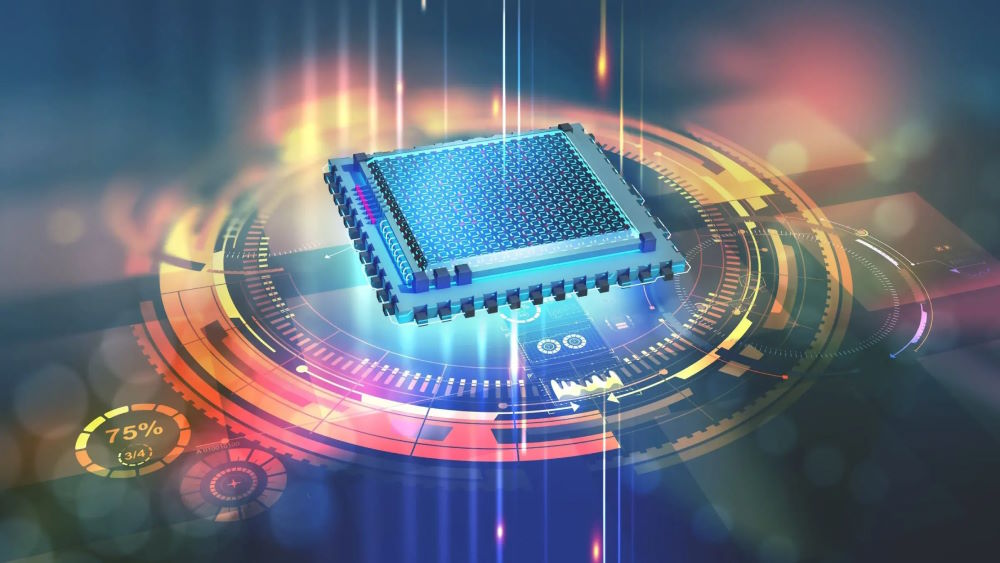
Cloud computing has been the dominant paradigm for data processing, storage, and analysis. However, data continues to grow and become more complex, and Internet of Things (IoT) devices proliferate in all aspects of our lives. Hence, edge computing and quantum computing - two emerging technologies - are game-changers in the world of data processing.
Edge computing refers to the process of keeping computation and data storage closer to its source – i.e., at the “edge” of the network - to enable more efficient data processing and real-time analytics. By reducing latency and bandwidth usage, edge computing can facilitate faster decision-making, particularly in applications that require immediate response times.
And yet, as technology continues to advance at an unprecedented pace, talk of quantum computing is becoming more prevalent. Quantum computers can process complex calculations much faster than classical computers, using quantum bits (qubits) that exist in multiple states simultaneously. While this technology is still in its early stages of development, it holds vast potential for solving some of the world’s most challenging problems and revolutionizing fields like medicine and finance.
In the future time, both edge computing and quantum computing are predicted to become more mainstream than they are at the moment, redefining the way we process data and unlocking a vast array of new possibilities.
Robotic Process Automation (RPA)
Robotic process automation makes use of software to automate business processes and mundane tasks. These include logistics management, payment processing, interpreting applications, processing transactions, dealing with data, and replying to emails.
A few advantages of RPA include the reduction of operational costs, improved work coordination, and fewer mistakes. With the integration of RPA, the burden of repetitive and menial tasks can be completed by a bot with minimal human interaction. This topic will receive more attention in the future as RPA technology continues to advance and disrupt traditional work processes. Companies will need to adapt and embrace this technology if they want to remain competitive in the marketplace.
Augmented and Virtual Reality
When we look back on the horizon of VR and AR technologies, it was once considered a far-fetched idea. Today, the applications are endless - from gaming and entertainment to education and training in industries such as healthcare and aviation. In particular, augmented reality has shown immense potential for enhancing customer experiences and improving business operations.
Furthermore, with the onset of 5G networks promising faster speeds and lower latency, AR/VR technology is set to take another leap forward, with new possibilities and use cases emerging. This technology can also be leveraged for remote work arrangements, virtual events, and e-commerce experiences.
Internet of Behaviors (IoB)
Have you ever heard of IoB? It is the acronym of Internet of Behaviors, a term coined by research firm Gartner. It refers to the use of data collected from various sources, such as social media, GPS location tracking, and consumer buying trends, to influence human behavior.
While this data-driven technology is still in its infancy stages, it has already sparked concerns about privacy and ethical implications. More observation is needed on this trend; it is still worth attention.
5G
As aforementioned, 5G is a crucial ingredient in making technologies such as IoT and edge computing possible. With its ultra-fast speed, low latency, and high bandwidth capabilities, 5G is expected to revolutionize connectivity and enable a plethora of innovative solutions in various industries. In addition, with the deployment of 5G networks worldwide, the demand for advanced cybersecurity measures will also increase to protect sensitive data transmission.
5G will be used in factories, on HD cameras, on smart grid controls, and in various applications. Most of the big names in telecoms are already jumping on the 5G bandwagon. This new trend in IT is going to cause companies to clamor to outsource.
Win the Game of Software Development with Orient Software

Now that we have run through some market trends that are highly expected to stir up the IT industry and the realm of software outsourcing. It is time to take action.
Would you like to stay abreast with the latest technology trends and bring your best software development ideas to life? Consider finding an IT partner who can help you with technical expertise, industry experience, and insight into top technology trends.
At Orient Software, we are dedicated to delivering high-quality software solutions and services that align with our client’s business goals and help them stay ahead of the competition. From software development outsourcing to staff augmentation and digital transformation solutions, our team of experienced developers, designers, project managers, and QA engineers can provide end-to-end support for your projects. Let us be your trusted companion. Drop us a line, and we will get back to you in no time.

